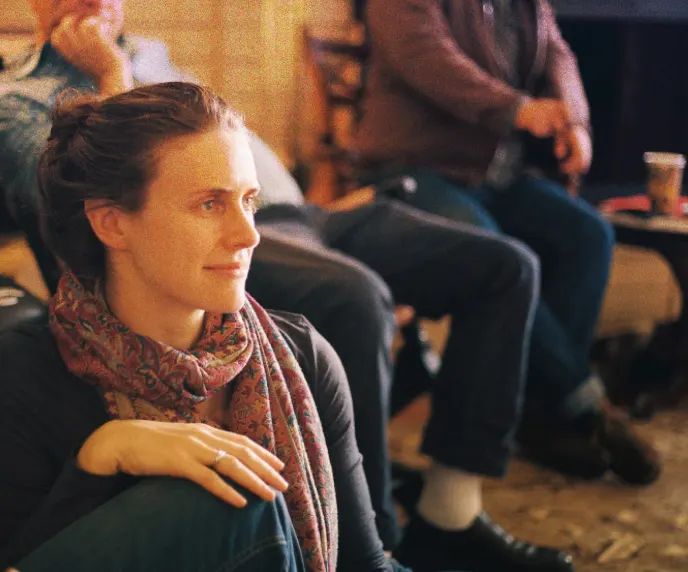THE DANCE
AFTER THE
LAST DANCE
A film by Candice Holdorf










A film by Candice Holdorf












Tagline: She danced with death. It brought her back to life.
Logline: The morning after her partner’s funeral, a woman finds healing through dancing with grief.
Genre: Drama/Experimental
Running Time: 8’48”
Aspect Ratio: 16:9
Screening Formats: ProRes., 1920×1080; 23.98, DCP
Sound: Stereo
Shot on: Digital
Language: English
For festivals and other press purposes, use the Dropbox link to access and download press materials. You can also visit the film’s IMDB Page.
Candice Holdorf – Director, Writer, Actress

Candice wrote the short film, Generations, which was an official selection of OutFEST, HollyShorts, Napa Valley Film Festival, California Independent Film Fest, Firenze Film Fest, Alameda Film Fest, Reading Film Festival, Sierra International Film Weekend, and Edmonton Film Fest. Generations won Best Short Film at the 2018 California Independent Film Festival, Best Acting Ensemble at the 2018 Alameda Film Fest, and Best LGBT Short Film at the Sierra International Film Weekend. Indie Shorts Mag reviewed Generations, calling it a film that was “honest without being brutal.”
She co-directed the music videos, RISE/Vulnerable Rally and Too Much, with Gabriel Diamond. RISE surpassed 1.2 million views on Facebook and had its festival world premiere at Dances With Films in 2018. Too Much played at the 2023 Women Arts and Deliver Film Festival, 2023 Valley Film Festival, and 2023 HollyShorts Monthly Screening Series. Candice won the Best Dramatic Short Script Award for her screenplay, Magdalena, at the 2015 Woods Hole Film Festival and the 2015 California Women’s Film Festival. Magdalena was also a semi-finalist at the 2016 Nashville International Film Festival. Her comedy pilot, Shaky Town, was a semi-finalist at the 2016 Creative World Awards.
She is a founding member of New York City’s award-winning Flux Theatre Ensemble. She is the author of Reclaiming Eros: A Heroine’s Journey and The Heart of Eros: One Hundred Haikus To Share With Your Beloveds. Her one-woman show, Portrait of the Heretic as a Young Woman, debuted at the Rogue Festival in Fresno, CA in March 2020. She won a scholarship to attend PageCraft’s 2023 Northern California screenwriting retreat and was accepted to the September 2023 cohort with Nostos Screenwriting Retreats. She is currently developing a full-length stage play and two feature screenplays.
Gabriel Diamond – Producer, Cinematographer, Actor

Gabriel Diamond started working in video at age 13 at KDOL-TV in Oakland, CA.
Along with Ken Ikeda, he co-founded the Youth Sounds Factory, a filmmaking lab for Bay Area youth. Works created under his mentorship won top prizes at dozens of national festivals including an Emmy. His first feature, Less, follows an idealistic and troubled man who has chosen to live on the streets in San Francisco. It received honorable mention for the grand jury prize at Dances With Films Festival. He both shot and acted in Amber Sealey’s narrative feature How To Cheat which premiered at the LA Film Festival where it won best acting ensemble and best narrative at Bend Film Festival. In 2011, he shot a short documentary in Nepal entitled We Are In The Field: Adventures of a Nepalese Environmental Activist. It’s being developed into a feature length film, All Living Things, with Jane Goodall.
In 2016, he co-founded the Vulnerable Rally as part of a global invitation to reconnect to our common humanity in the most vulnerable way: part absurdist street theatre, part shadow work, and part social commentary. He co-directed this viral music video featuring a rally in Oakland. He’s now the staff filmmaker & photographer at the Skoll Foundation, where he helps tell stories about some of the world’s most inspiring changemakers, activists, and artists.
Mer al Dao – Cinematographer

Mer is devoted to living poetically. Born in Argentinien deserts, reborn in Mexican mountains, and uplifted in California hot springs, she followed her own quest for psychic freedom into the wild. Her art is at once existential, alive, subterranean, and pleasurable. With subtle choices, she reveals the profundity of alternative narratives subverting reality. Outside of the margins of capitalistic industrial filmmaking, she stands on a feminine stare, a pulsing heart, and a grounded experience in collaboration, creating original stories that support imagination liberation.
Internationally awarded and well rooted in earth loving, among with two other sisters, she co-created an intercultural women’s film collective called Republic of Light, made 80+ short films and a feature surreal documentary film, all while living nomadically in a school bus through the Americas for 4+ years.
The creative field generated by living, dreaming and filming together left a visceral imprint in Mer’s way of storytelling. She responds to magic. Art is her means of transformation.

Robert Brinkerhoff is a multi-instrumentalist composer, sound designer, mix engineer, and international touring musician. His work has been enjoyed everywhere from Disney Theme Parks, to the festival stages of Coachella, to the historic halls of Alexandra Palace, London.
Corporate experience includes work for Apple, Honda, Disney, Riot Games, Marvel, Louis Vuitton, Hyundai, and Lego, as well as nonprofit organizations such as American Cancer Society and Skoll Foundation. With nearly 15 years experience in the field, Robert has cultivated deep, ever-evolving collaborative relationships with some of the highest profile creative studios and clients in the industry.

Adrian Stratulat is a video editor and cinematographer from Romania. In 2012, he got his Director of Photography degree from the Media University in Bucharest.
His documentary, fiction, and experimental films have been screened at several festivals in Romania and abroad. He loves cooking and traveling.
“The only cure for grief is to grieve” ~ Rabbi Earl Grollman
I have always been fascinated by art that successfully transmits to the audience moments of transcendence. Awe. Reverence. Revelation. Enlightenment. Healing. We know it when we feel it, but attempting to describe these inner journeys often feels so hollow compared to the experience itself. These journeys often require a level of surrender. To the outside observer, it may seem as if there isn’t much happening. But from the inside of the experience, a whole world is unraveling.

I had such an experience at the height of lockdown. My partner, Gabriel, and I were dancing blindfolded together. It’s a practice we do often, as the blindfold allows me to drop into my body and let go of thoughts about looking good or caretaking for others. At one point, I felt the heaviness of all that I was carrying emotionally drop away – like a weighted backpack finally being tossed off. For the first time in over a year, my heart felt free. People often associate freedom with joy – and while that can sometimes be true, this freedom opened a space where my body (often in hypervigilance) could slow down enough to feel.
From this open space, I felt the collective grief of the world – whether it was from the deaths of those we loved or from the emotional loss of friends and family separated by miles (or a mere six feet). I had a vision that Gabriel was dead, and that I was dancing with his ghost. This dance would be the final opportunity for me to share everything I had ever wanted to share with him. In dancing with his metaphorical death, my own capacity to be present – in all of life’s gorgeous and heart wrenching complexity – came back to life. It was through this vision that ‘The Dance After the Last Dance’ was born. I wanted to transmit through film the healing power of movement, darkness, and private grief witnessed collectively.


I have acutely felt the struggle between wanting to publicly express my grief and holding in my emotions. I hid my own mental health struggles – anorexia and depression – in plain sight for many years. Additionally, I turned 40 in 2020. While I am not usually wont to buy into social expectations of women’s beauty and aging, I couldn’t help feeling alone as I crossed over that dubious threshold and mourned my youth. All I have not yet accomplished came roaring into my perfectionist brain. My sense of self was utterly shaken and I felt impotent. It was only through art that I could keep going.
I sat with the idea for The Dance After the Last Dance for around six months. Finally after some prodding from Gabriel asking if I was ever going to do the grief dance film (perfectionism is a stifling bitch), I reached out to Mer al Dao, a frequent collaborator on film projects. I threw out a date, asked if she was free, and we got to work. What I love about Mer’s filming is that her camera becomes another witness, inviting the subject and the audience into the ritual of shared storytelling. Whereas many filmmakers use colonizing language to describe the subject-camera relationship (take, shoot), Mer delicately weaves in and out, respecting the distance needed to create trust. This was especially vital during the dance sequence – where I needed space (physically, emotionally, temporally) to have my grieving process.
Her filmmaking worked well to tell the story in juxtaposition to Gabriel’s camerawork. His shots – heavily featured in the scenes leading up the dance – focused on creating static distance and using shallow depth of field, capturing the perspective of a voyeur just out of eyesight. Gabriel’s and Mer’s camerawork – facilitated by Adrian Stratulat’s skillful editing – complement each other to tell the story of a trapped woman breaking free from her own inability to access the healing power of grief.
Of course no story about dance is complete without music. Bobby Brinkerhoff’s score echoes the emotionally driven work of Max Richter and Ludovico Einaudi. However, Bobby’s composition gently interlaces both the lighter, more ethereal notes with the heavier swells in a haunting score that captures the range of emotions one can have when losing a beloved: joy, rage, heartbreak, and grief.
We live in a culture that often views these intense emotions as weaknesses. These are not what help us stay focused and productive in a capitalist, profit-driven society. As a result, we rarely have spaces to grieve publicly. However there are teachers, such as Sobonfu Somé from the Dagara tribe in Burkina Faso, who have helped shed light – and tears – where collective healing is needed. We need more of these spaces if we are to transform the systems that have kept us from accessing the collective exhale we so desperately need to move forward – together – with empathy, understanding, and justice. This film is, hopefully, another drop in the ocean of healing that is available when we share our grief together. Thank you for witnessing.

Use the form below to contact Candice.
